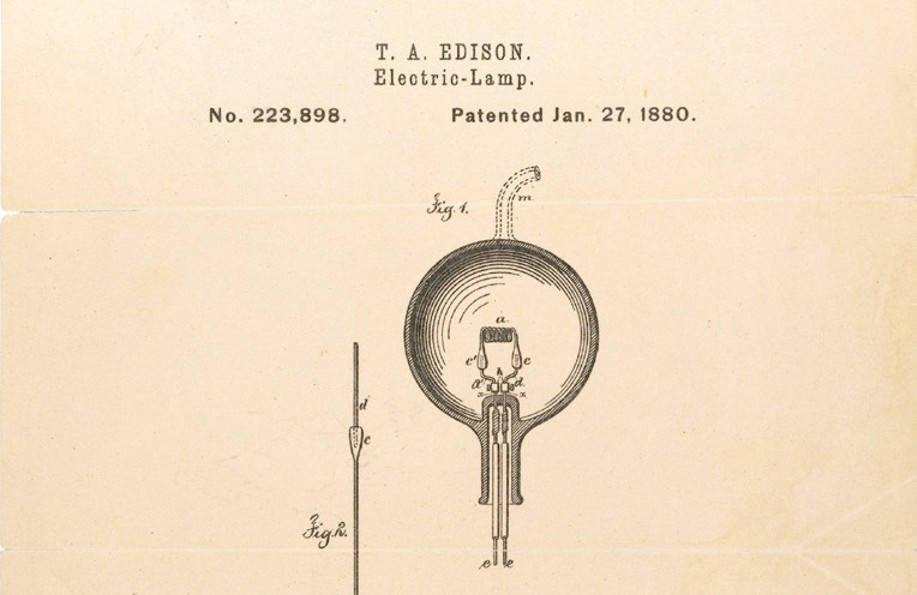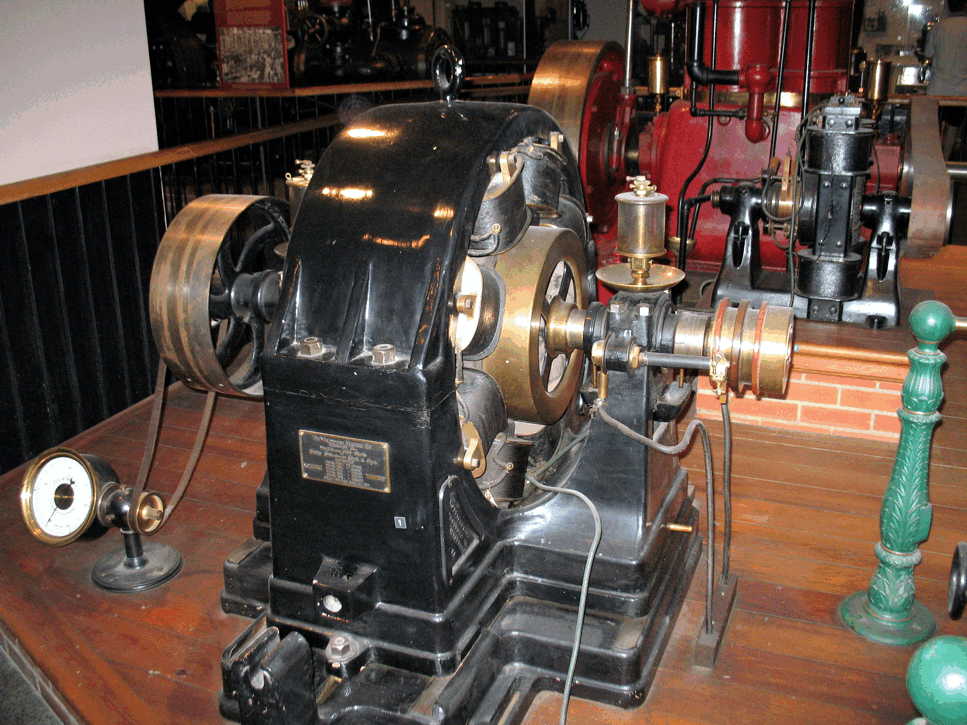 Thomas
Edison
|
Thomas
Edison invented
the electric light bulb The drawing below is part of Thomas Edison's patent for the electric light bulb, dated 1880. A patent is an official government document that recognizes an invention. Other inventors at that time were also trying to create light bulbs, but they all burned out so quickly that they were useless. Edison created a design that glowed for hundreds of hours without burning out. That is why he gets the credit for inventing the light bulb. |

Other Edison inventions and improvements
|
Electric generators
Edison made big improvements to the design of electric generators and power stations. Generators create the electric current needed to power light bulbs and electric motors. Edison's company designed and built electric power generating stations to supply customers with electricity at an affordable price. |


